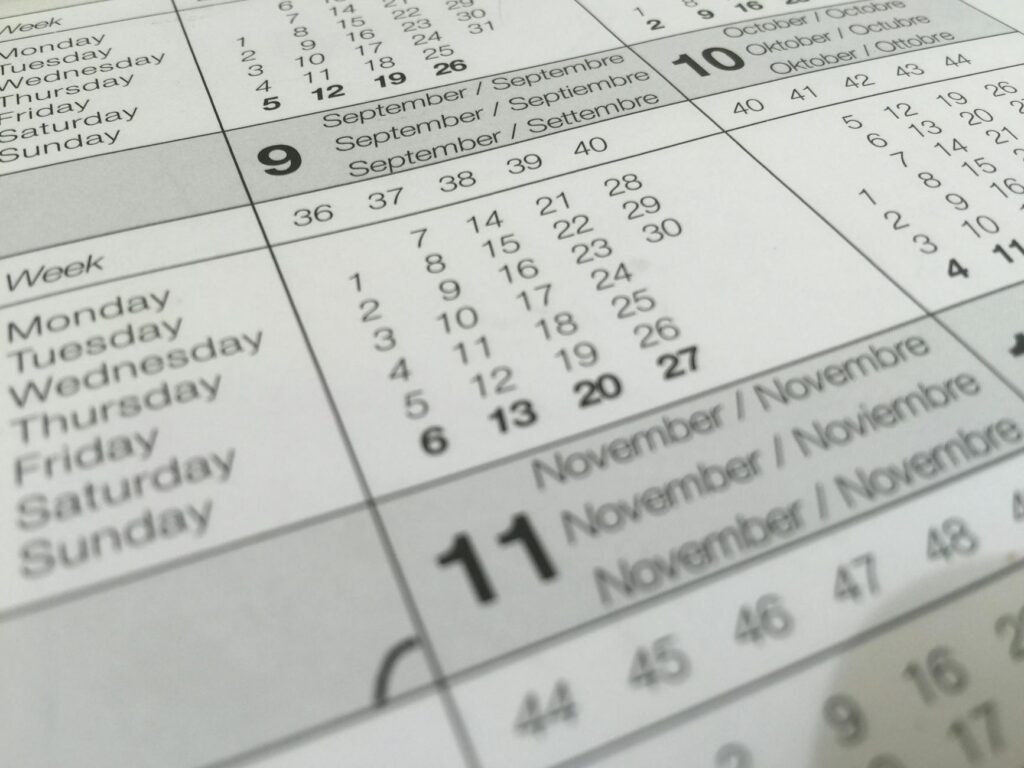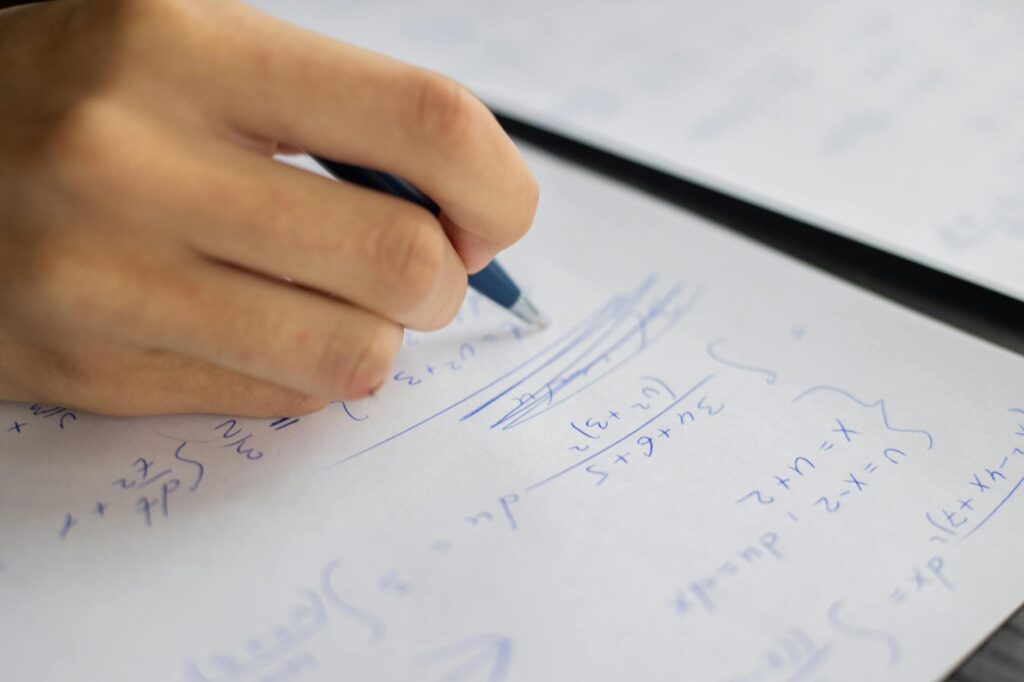Primary School Higher Chinese is an advanced level of Chinese Language study, designed for students who demonstrate a higher aptitude for the language. The Higher Chinese exam and test papers provide challenging exercises that go beyond the basics, focusing on advanced vocabulary, complex sentence structures, and in-depth comprehension. These papers are ideal for students aiming to achieve excellence in their Higher Chinese exams.
Primary 3 (P3) Higher Chinese Exam & Test Papers (all schools)
- Exam Year 2023
- Exam Year 2022
- Exam Year 2021
- Exam Year 2020
Primary 4 (P4) Higher Chinese Exam & Test Papers (all schools)
- Exam Year 2023
- Exam Year 2022
- Exam Year 2021
- Exam Year 2020
Primary 5 (P5) Higher Chinese Exam & Test Papers (all schools)
- Exam Year 2023
- Exam Year 2022
- Exam Year 2021
- Exam Year 2020
Primary 6 (P6) Higher Chinese Exam & Test Papers (all schools)
- Exam Year 2023
- Exam Year 2022
- Exam Year 2021
- Exam Year 2020
Primary School Higher Chinese Curriculum in Singapore

Lower Primary (Primary 1-3)
The Higher Chinese curriculum for Lower Primary students in Singapore is designed to provide a more challenging and enriching language learning experience compared to the regular Chinese curriculum. It aims to build a stronger foundation in reading and writing skills, with an emphasis on character recognition and sentence construction.
Reading:
- Enhanced Character Recognition: Students are introduced to a larger set of characters and are expected to recognize and understand more complex ones. The curriculum emphasizes the importance of stroke order and character formation, ensuring that students develop accuracy in writing.
- Reading Comprehension: At this stage, students are exposed to more advanced reading materials, including short stories, poems, and informational texts. They practice identifying main ideas, supporting details, and making simple inferences.
Writing:
- Advanced Writing Skills: Writing tasks in Higher Chinese require students to construct more complex sentences and paragraphs. They are encouraged to use a wider range of vocabulary and grammatical structures. Exercises include composing short essays, writing letters, and creating narratives.
- Creative Expression: Activities such as storytelling, picture-based writing, and imaginative tasks are designed to foster creativity and expression. Students are guided to write with clarity, coherence, and creativity.
Listening:
- Focused Listening Activities: Students engage in listening exercises that involve more detailed and complex content. These activities help in developing their ability to understand spoken Chinese in various contexts, including classroom instructions, stories, and dialogues.
- Interactive Sessions: Role-playing and group discussions are used to enhance listening skills. Students are expected to respond accurately and appropriately to spoken language.
Speaking:
- Oral Communication: Higher Chinese students participate in more advanced oral activities, including debates, presentations, and storytelling. Emphasis is placed on fluency, pronunciation, and the ability to articulate thoughts clearly.
- Pronunciation and Intonation: Correct pronunciation and appropriate intonation are reinforced to ensure clear and effective communication. Students are encouraged to practice speaking in different scenarios to build confidence.
Upper Primary (Primary 4-6)
As students progress to Upper Primary, the Higher Chinese curriculum becomes even more rigorous, focusing on deeper comprehension, complex writing tasks, and a broader understanding of cultural and literary contexts.
Reading:
- Advanced Texts: Students are exposed to a variety of advanced texts, including classical Chinese literature, modern essays, and historical narratives. These texts provide a richer and more diverse language experience.
- In-Depth Comprehension: Comprehension exercises require students to analyze texts critically, identify themes, infer meanings, and appreciate literary techniques. They are taught to summarize passages, compare different texts, and interpret complex ideas.
Writing:
- Complex Compositions: Writing tasks become more sophisticated, with students expected to write detailed essays, narratives, and expository pieces. They learn to organize their thoughts logically, use advanced vocabulary, and employ various rhetorical techniques.
- Cultural and Literary Contexts: Students explore cultural and literary themes in their writing. They are encouraged to draw on historical contexts, cultural traditions, and literary styles to enrich their compositions.
Listening:
- Analytical Listening: Listening exercises include more complex and varied materials, such as speeches, interviews, and multimedia content. Students practice extracting key information, understanding nuances, and evaluating the speaker’s intent and perspective.
- Note-Taking Skills: Students learn to take detailed notes during listening activities, which helps them organize information for discussions and written tasks.
Speaking:
- Public Speaking and Debates: Formal speaking opportunities, such as debates, presentations, and oral reports, are provided. Students are taught to present their ideas clearly and persuasively, using appropriate language and rhetorical devices.
- Collaborative Discussions: Group discussions and projects foster collaborative communication skills. Students learn to listen actively, share ideas, build on each other’s contributions, and develop critical thinking skills.
The Higher Chinese curriculum in Primary Schools ensures that students not only achieve a high level of proficiency in the language but also develop a deep appreciation for Chinese culture and literature. By the end of Primary 6, students are expected to possess advanced reading, writing, listening, and speaking skills, preparing them for further academic pursuits and fostering a lifelong love for the Chinese language and its rich cultural heritage.


